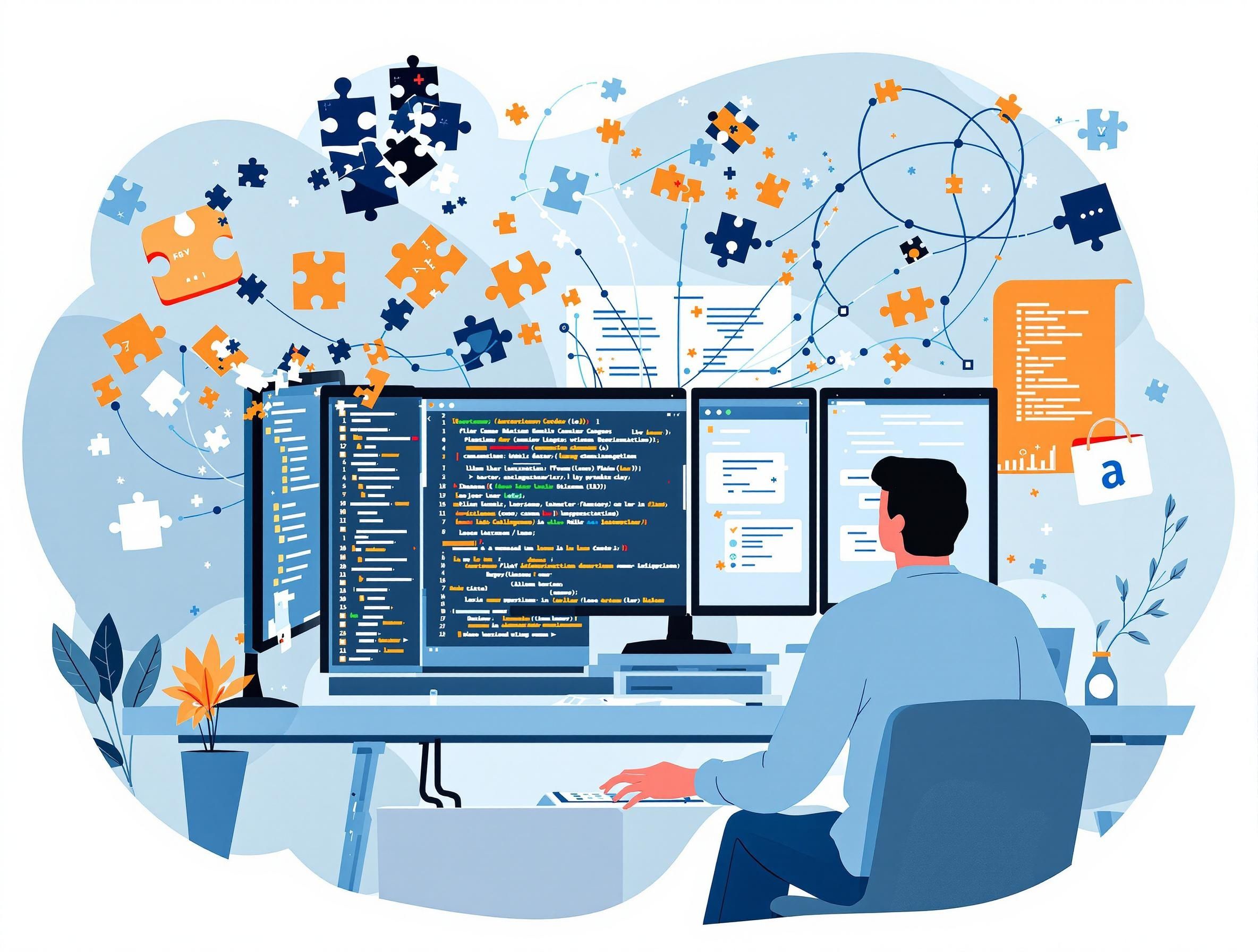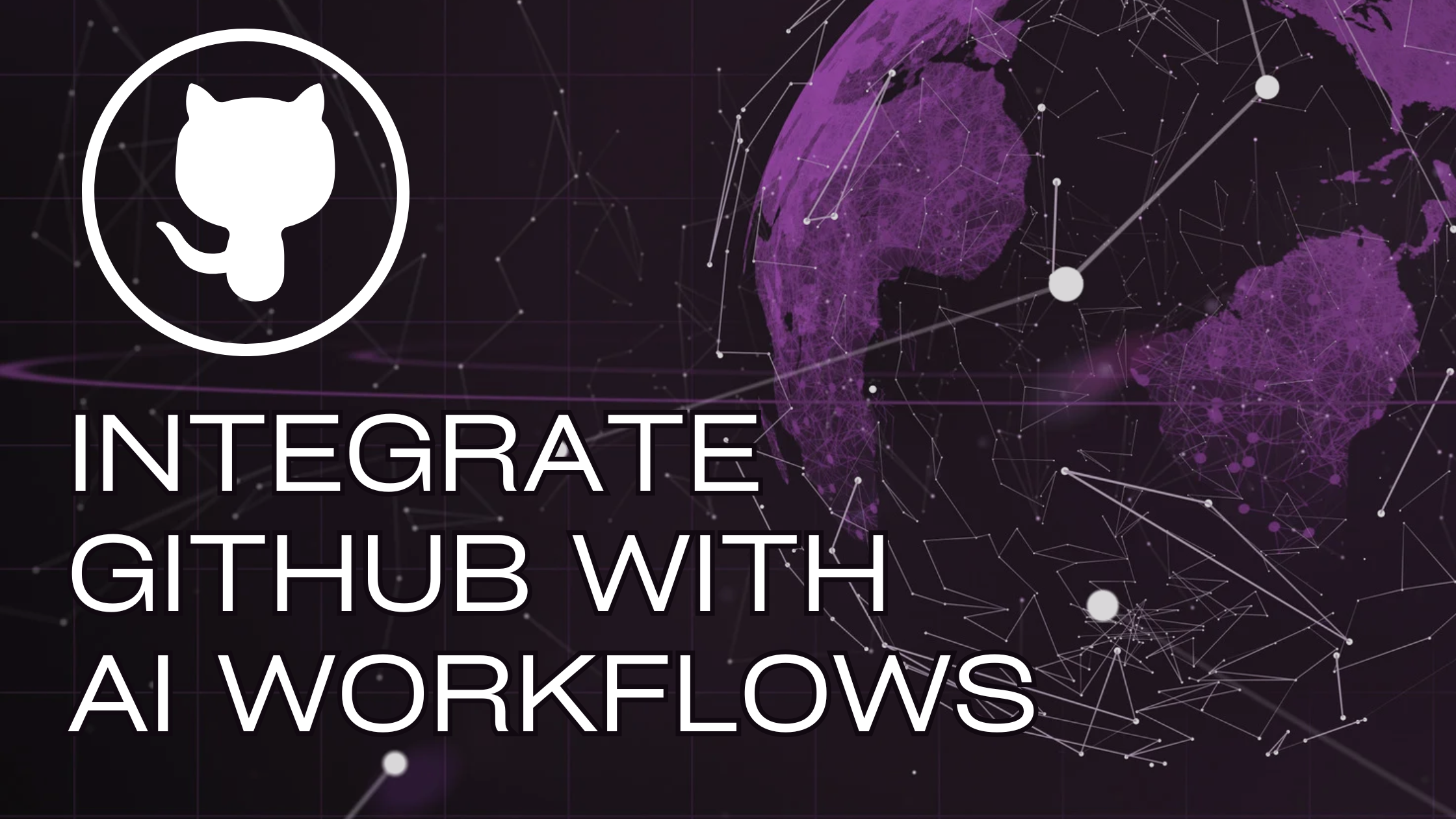
Choosing the Right AI Model
A comprehensive guide to selecting the optimal AI model for your specific needs, comparing capabilities, costs, and use cases.
With multiple AI models available today—GPT-4, Claude, o1, and others—choosing the right one for your specific task can significantly impact both your results and costs. Each model has distinct strengths, and understanding these differences will help you work more efficiently.
Here's a practical guide to matching AI models with your development tasks.
Understanding Model Strengths
GPT-4 / GPT-4.1: The Versatile Workhorse
Best for:
- General coding assistance and debugging
- Code reviews and optimization suggestions
- API documentation and technical writing
- Rapid prototyping and brainstorming
- Multi-language programming tasks
Characteristics:
- Fast response times
- Excellent at following instructions
- Strong general programming knowledge
- Good balance of capability and speed
When to use: Your go-to for most everyday development tasks, especially when you need quick, reliable assistance across different programming languages.
Claude 4: The Deep Thinker
Best for:
- Complex architectural decisions
- Large codebase analysis and refactoring
- Technical documentation and explanations
- Code security reviews
- Long-form technical writing
Characteristics:
- Excellent at understanding context and nuance
- Strong analytical and reasoning capabilities
- Better at handling complex, multi-step problems
- More thoughtful responses for architectural questions
When to use: When you need deeper analysis, architectural guidance, or working through complex technical problems that require careful consideration.
o1: The Problem Solver
Best for:
- Complex algorithmic challenges
- Mathematical computations in code
- Multi-step debugging processes
- Performance optimization problems
- Research and experimental coding
Characteristics:
- Shows visible reasoning process
- Excellent for step-by-step problem solving
- Strong mathematical and logical reasoning
- Takes more time but provides thorough analysis
When to use: For challenging problems that require systematic thinking, complex debugging, or when you need to see the AI's reasoning process.
Task-Based Model Selection
Code Debugging
- Simple bugs: GPT-4 for quick fixes
- Complex logic issues: Claude for deeper analysis
- Algorithmic problems: o1 for systematic debugging
Architecture and Design
- API design: GPT-4 for standard patterns
- System architecture: Claude for comprehensive analysis
- Performance optimization: o1 for mathematical optimization
Code Review
- Style and conventions: GPT-4 for quick feedback
- Security analysis: Claude for thorough review
- Algorithm efficiency: o1 for performance analysis
Documentation
- API docs: GPT-4 for clear, concise documentation
- Technical explanations: Claude for detailed, nuanced writing
- Tutorial creation: GPT-4 for step-by-step guides
Cost Considerations
Different models have different computational costs:
GPT-4: Generally the most cost-effective for routine tasks Claude: Mid-range pricing, good value for complex analysis o1: Higher cost due to reasoning overhead, but worth it for complex problems
Pro tip: Start with GPT-4 for initial exploration, then switch to Claude or o1 if you need deeper analysis or complex reasoning.
Platform Considerations
Single-Model Platforms
Most AI platforms lock you into one model:
- ChatGPT Plus: Only GPT-4 variants
- Claude Pro: Only Claude models
- Limited flexibility for task-specific optimization
Multi-Model Platforms
Some platforms offer access to multiple models in one interface:
- Switch between models based on task requirements
- Compare responses from different models
- Optimize costs by using the right model for each job
For example, platforms like Vectly provide unified access to GPT-4.1, Claude 4, and o1 models, allowing you to choose the optimal model for each specific task without switching platforms or managing multiple subscriptions.
Practical Workflow Examples
Large Codebase Refactoring
- Start with Claude: Analyze overall architecture and identify refactoring opportunities
- Switch to GPT-4: Implement specific changes and updates
- Use o1 if needed: Solve any complex algorithmic challenges that arise
New Feature Development
- GPT-4: Initial brainstorming and rapid prototyping
- Claude: Review architecture and integration points
- GPT-4: Implement and iterate quickly
Performance Optimization
- Claude: Analyze current performance bottlenecks
- o1: Develop mathematical optimization strategies
- GPT-4: Implement and test optimizations
Making the Switch Mid-Conversation
One advantage of multi-model platforms is the ability to switch models while maintaining context:
- Start debugging with GPT-4 for quick initial analysis
- Switch to o1 when you hit a complex algorithmic problem
- Move to Claude for architectural recommendations
- All while keeping your conversation history and project context
Best Practices
1. Match Model to Task Complexity
- Simple tasks: GPT-4
- Complex analysis: Claude
- Systematic problem-solving: o1
2. Consider Time vs. Quality Trade-offs
- Need quick answers? GPT-4
- Need thorough analysis? Claude or o1
- Need to see reasoning? o1
3. Optimize for Cost
- Use GPT-4 for routine tasks
- Reserve Claude/o1 for tasks that truly benefit from their capabilities
4. Experiment and Compare
- Try different models for the same task
- Learn which models work best for your specific use cases
- Build your own model selection preferences
The Bottom Line
The key to effective AI-assisted development isn't finding the "best" model—it's using the right model for each specific task. GPT-4 excels at quick, versatile assistance. Claude provides deeper analysis and understanding. o1 offers systematic problem-solving with visible reasoning.
The most efficient approach is having access to all models and switching based on your current needs, rather than being locked into a single model that may not be optimal for every task.
Whether you're using individual platform subscriptions or a unified multi-model platform, understanding these distinctions will help you work more efficiently and get better results from your AI assistance.
Want to experiment with different models for your projects? Try Vectly's multi-model platform with 25 free credits and see how GPT-4.1, Claude 4, and o1 compare on your actual development tasks.


